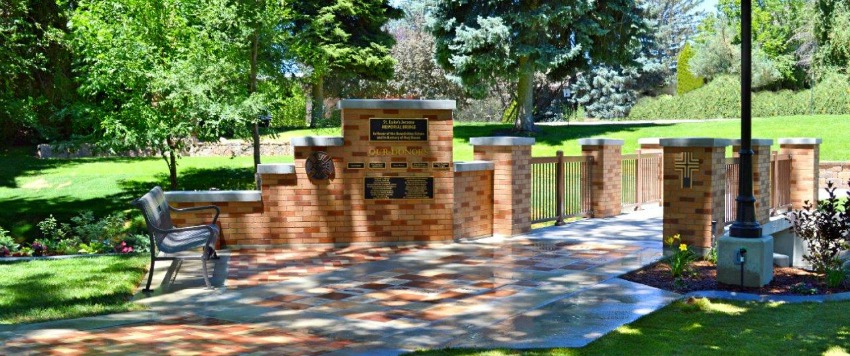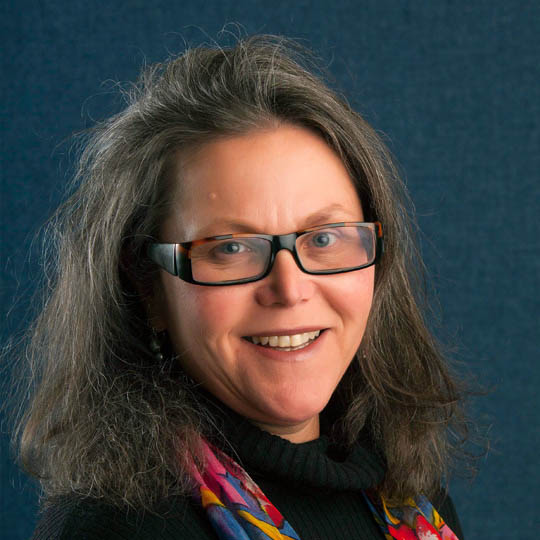Patients are the True Recipients of $10 Million in Charitable Giving through St. Luke’s

From dollars gathered by schoolchildren to checks written by moms and dads, friends and neighbors, those who understand the value of good care close to home stepped up in 2016 to support St. Luke’s mission – for the first time, breaking the $10 million threshold.
St. Luke’s mission – to improve the health of people in our region – is a compelling cause, and why so many gave so generously.
“People understand the benefit of philanthropy,” said Jeff Cilek, St. Luke’s vice president of external relations and executive director of St. Luke’s Health Foundation.
“Every donor matters. Everybody makes a difference, and small amounts often are more inspiring than big dollars.”
St. Luke’s is a not-for-profit organization and community-governed, which means it counts on the communities it serves to support its mission and its patients. It’s a virtuous cycle: patients become donors and donors often become patients, or the relatives of patients, who then become donors, and so on.
Revenues contributed by generous donors are used for everything from gas money for needy patients to very expensive medical equipment that some rural locations might never be able to afford for themselves. That includes donations to St. Luke’s community partners at times, and has meant St. Luke’s can extend the quality of care far beyond its own physical locations.
Thousands of donors, volunteers and community partners give, help to determine the best ways to share the funds and distribute the financial support as effectively as possible.
Behind every dollar is a donor, and the people who give represent a broad swath of St. Luke’s communities. They are board members, grateful patients and families, physicians, college students, St. Luke’s employees, elementary schoolchildren ... They give through jars at local businesses, festivals and galas, golf tournaments and privately written checks. Every contribution is disproportionately meaningful to St. Luke’s patients, whether the giving is visible or not.
St. Luke’s employees and leaders have been especially active in giving over the past year, Cilek noted, adding that the $10 million figure accounts for giving across the footprint, from the Wood River Valley west into Oregon and north through the McCall area. The Idaho State Elks Association, too, has been a significant part of the generosity in the past year.
Here is just a sampling of the significant projects that St. Luke’s donor contributions went to, in multiple communities across our region this past year:
- A new bridge honoring the Benedictine Sisters who founded St. Benedict’s Family Medical Center in 1952. The center is now St. Luke’s Jerome.
- An expanded infusion center at St. Luke’s Wood River.
- Balance rehabilitation equipment for use in the Magic Valley. Much of the money raised came through the efforts of Dr. Jonathan Myers, a St. Luke’s medical director of rehabilitation and himself the survivor of a cervical spinal cord injury whose summer climb of Mount Borah captured worldwide attention.
- Emergency room improvements at St. Luke’s Elmore. In this instance, a very generous St. Luke’s board member in Wood River matched funding raised in Mountain Home.
- Money toward books for pediatric patients, new diagnostic equipment and a refresh of the hospital in McCall.
- A new playground for pediatric patients at St. Luke’s Mountain States Tumor Institute and early work on the new Children’s Pavilion in Boise.
Projects are closely aligned with the specific needs of communities, as identified in St. Luke’s Community Health Needs Assessment surveys, and overseen by board members who are themselves community residents and users of St. Luke’s services.
“We’re aligned with what the needs are,” Cilek said. “It’s tighter than it’s ever been.”
How to help
Please consider giving the most meaningful gift you can by making an online donation today or contacting St. Luke's Health Foundation.
About The Author

Roya Camp works in the St. Luke’s Communications department.






